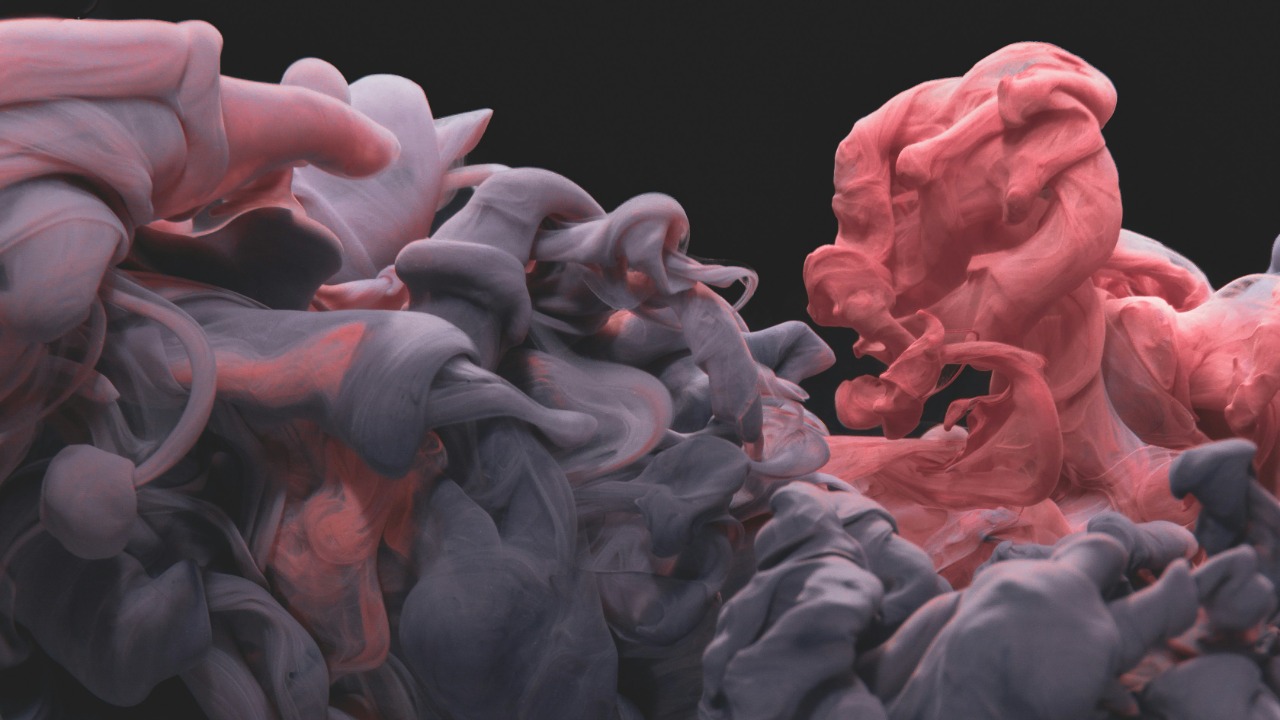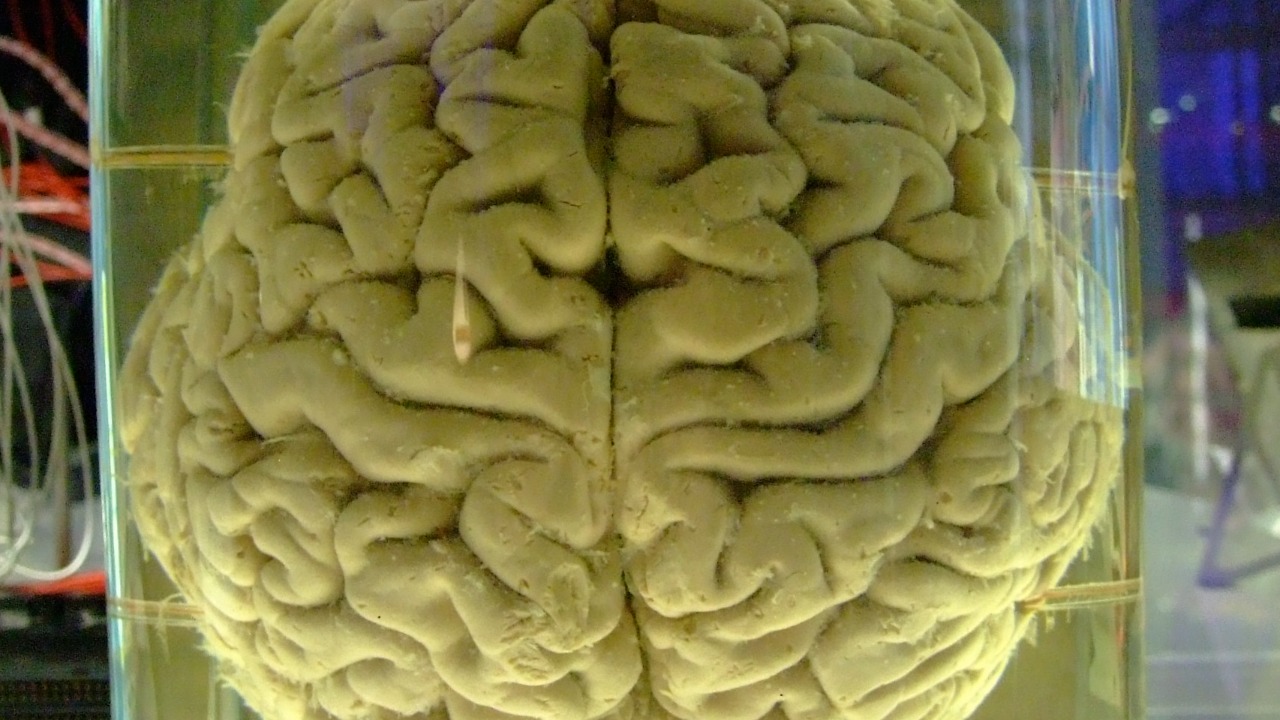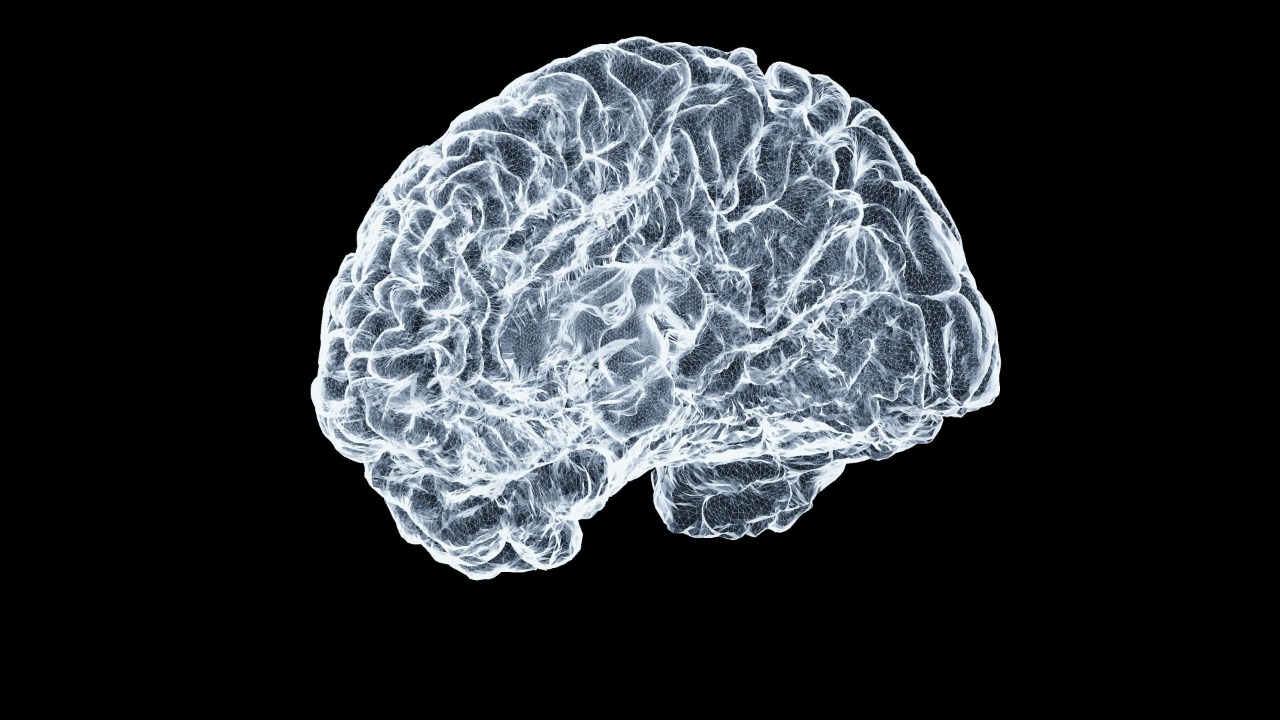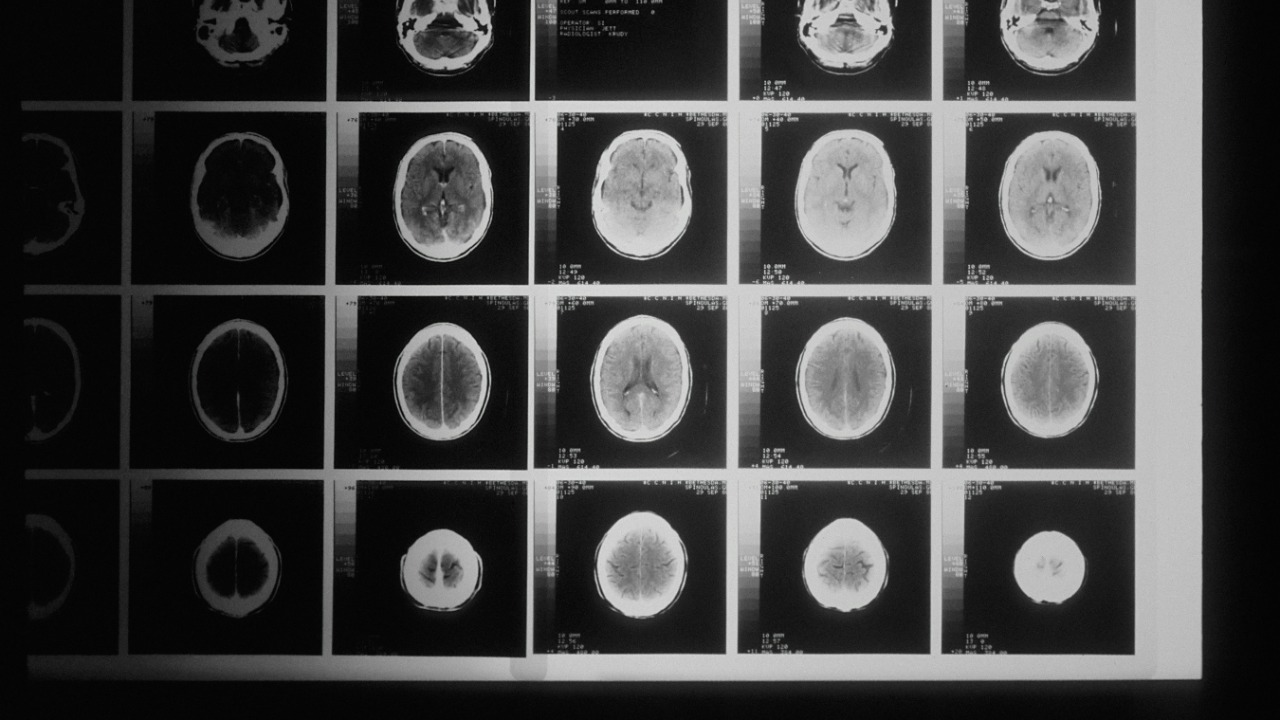
In a groundbreaking scientific achievement, researchers have successfully created thinking brain tissue in a lab, which has demonstrated the ability to remember things. This development has opened up new avenues in the field of neuroscience and poses profound questions about the nature of memory and consciousness.
The Science Behind Lab-Created Brain Tissue

The creation of thinking brain tissue in a laboratory setting is the result of advanced techniques in stem cells and tissue engineering. Researchers have utilized these methods to replicate neural networks that closely mimic the functions of a natural brain. This involves cultivating stem cells to differentiate into neurons, which then form networks capable of processing information. The goal is to create a tissue that not only resembles the brain structurally but also functionally.
The process, however, is fraught with challenges and ethical considerations. There is an ongoing debate about the consciousness of lab-grown brain tissue and the ethical boundaries that come with its creation. Concerns about potential misuse are significant, necessitating strict oversight by regulatory bodies to ensure that this technology is used responsibly. The implications of creating a tissue capable of thinking raise questions about how intelligence and consciousness are defined.
Understanding Memory Formation

To appreciate the capabilities of lab-created brain tissue, it is essential to understand how memories work in natural brains. Memories are stored through synapses and neural pathways, forming intricate networks that facilitate memory retention. Historical research, such as the work of Harvey Karten, has significantly contributed to our understanding of comparative neuroanatomy and memory processes.
The lab-created brain tissue mimics these natural processes by forming similar synaptic connections. The tissue demonstrates memory retention through mechanisms akin to those found in natural brains. This includes forming and strengthening synaptic connections, allowing the tissue to “remember” information. However, there are potential differences in how these memories are processed and retained, which researchers continue to explore.
Implications for Neuroscience and Medicine

The development of lab-grown brain tissue holds significant promise for understanding and treating memory-related disorders. Conditions such as Alzheimer’s and dementia could potentially benefit from insights gained through this research. By studying how these tissues retain memory, scientists hope to develop targeted therapies and personalized medicine approaches to treat neurodegenerative diseases.
Moreover, the intersection of this scientific advancement with artificial intelligence could lead to new possibilities in cognitive enhancement. The potential integration of lab-grown brain tissue with AI technologies could enhance human cognitive abilities, raising important ethical questions about the merging of biological and artificial intelligence. The implications of such advancements could redefine our understanding of intelligence and consciousness.
Broader Philosophical and Ethical Questions

The creation of thinking brain tissue in a lab challenges existing notions of consciousness and self-awareness. This scientific milestone has sparked debates about the nature of “thinking” tissue and the philosophical implications of artificially created consciousness. These discussions delve into the very essence of what it means to be conscious and how we define life and intelligence.
Societal and cultural impacts are also significant, as public perception of this technology could influence its development and implementation. There may be resistance to adopting such advancements, and shifts in societal definitions of life and intelligence could occur. The balance between scientific progress and ethical considerations will be crucial as this technology evolves.
Future Directions and Research Opportunities

Ongoing studies and anticipated advancements in the field of lab-grown brain tissue are paving the way for future breakthroughs. Researchers are planning experiments to further explore the capabilities and limitations of these tissues. Interdisciplinary collaboration will be key to expanding research and understanding the full potential of this technology.
Long-term goals include the integration of lab-grown brain tissue into human biology, with the potential for human enhancement. This could lead to a deeper understanding of human cognition and memory, opening up new territories for exploration. As we continue to push the boundaries of neuroscience, the future holds exciting possibilities for the application of lab-created brain tissue.